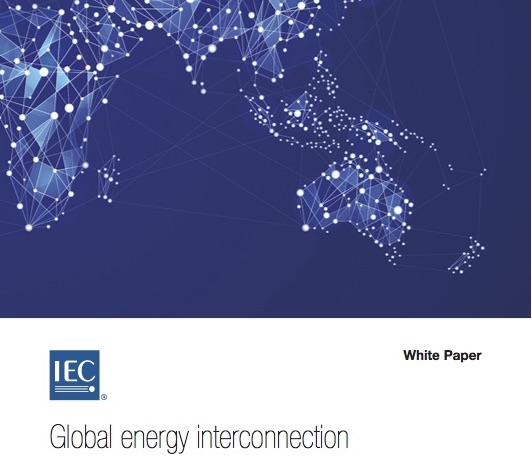
Features
Codes & Standards
News & Updates
Canada contributing to global energy interconnectedness through standards
February 15, 2017 | By Anthony Capkun

February 15, 2017 – As the global demand for energy grows, the world will need solutions to ensure supply can keep up, says Standards Council of Canada; adding to the challenge are renewable sources that are not only trying to meet new demand, but also replace our fleet of fossil fuel-derived energy generation.
To address these challenges, SCC says technical experts from around the world are working toward Global Energy Interconnection (GEI). Among them are Canadian specialists, supported by SCC.
“In the last 10 years, Canadian TC57 members have worked hard to develop and promote the work being done at [International Electrotechnical Commission] on electrical substation automation systems. Our efforts have been recognized by the international community and our country is considered today as a strong contributor,” said Jean Goulet, Institut de recherche d’Hydro-Québec (IREQ).
Sustainable energy sources—including hydroelectric, wind, geothermal and solar—are supplying a growing proportion of global energy demand. Renewables have “massive potential”, says SCC, but also some challenges, like the fact that sources are often far away from major urban areas where the energy is needed, and their inability to scale-up production during peak periods. And, of course, when the sun is not shining nor the wind blowing, then electricity is not being produced at all at solar or wind energy facilities.
This is why connecting electrical grids is an efficient way to reliably and securely meet energy needs worldwide, says SCC. Global Energy Interconnection makes these connections by interconnecting energy grids using technologies like ultra-high-voltage electricity transmission.
An International Electrotechnical Commission (IEC) White Paper prescribes a three-phase process for the development of GEI. Initially, regional grids would be joined, followed by integration across continents and, finally, transcontinental interconnection to bring distant energy systems together. Ultimately, GEI will make energy produced anywhere available everywhere.
(To learn more about GEI, download the IEC white paper below.)
For example, SCC cites Canada’s North, which has enormous untapped wind energy potential—but, were generation facilities to be built, there is no way of transmitting that energy to southern areas where it’s needed. GEI would enable delivery of this energy to markets anywhere, whether in Canada, North America or anywhere else in the world. Similar situations exist for potential solar energy generation in the central United States and Northern Africa, among other places, according to the IEC White Paper.
An international system like GEI, however, requires internationally recognized standards to ensure safety, security and compatibility.
Many different technologies will be required to fully enable GEI, including those related to clean energy generation and storage, transmission and smart grid systems capable of measuring global energy flows. The IEC has 27 technical committees, advisory committees or subcommittees focusing on these necessary technologies, and Canada maintains a presence on 20 of them.
“The Standards Council of Canada has made it a priority to recognize Canadian-made innovations and promote them through proactive standardization solutions,” said SCC’s CEO, John Walter. “Under SCC’s leadership, Canada is helping to shape international marketplace rules in order to give innovators an all-important first-to-market advantage in their field.”
Print this page